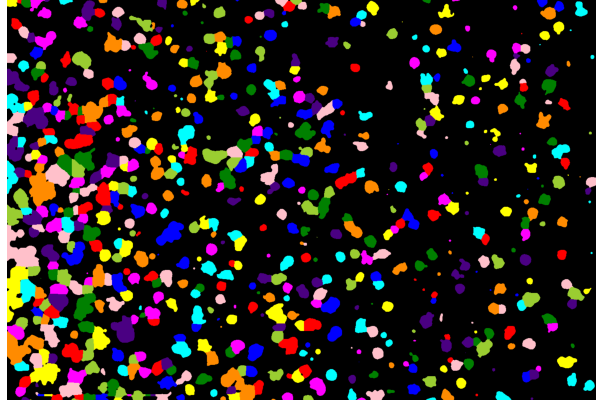
Cellular senescence recognition by morphological and transcriptomics features
Abstract
Cellular senescence is a dynamic and heterogeneous process whereby cells arrest the cell cycle and change their morphology. Since cellular senescence is also a tumor suppressor response that acts as a barrier to cancer development and progression, there is high interest towards the identification of this particular condition.
Thanks to the Incucyte® Live-Cell Analysis System, designed to efficiently capture high resolution images of cellular changes in the incubator over time, we collected the aging process of human cells treated with Hydrogen Peroxide. Thanks to fluorescence-based assays, we can automatically label the cells as senescent or not based on their response to a special biomarker. This provides us with a dataset with cell-related morphological features and their label (senescent/not senescent) to be used to train machine learning algorithms. A parallel approach to detect features characterizing the senescent cells will be based on the analysis of transcriptomics data, i.e., ad-hoc scRNA sequencing data. The main aim is to recognize the single cells and classify them as senescent or not just using morphological features like shape and dimension or transcriptomic expression profiles. The further addition of kinematic features would allow to study possible collective behaviours and contagion effects.
This project is supervised by Dr. Claudia Coronnello, PI in Advanced Data Analysis, and it is performed in collaboration with the Department of Physics of the University of Palermo. It is the topic of Dr. Giulia Parisi’s PhD work, who is tutored by Prof. Salvatore Micciché.
Pipeline
-
CLINICAL
NEED -
DISEASES
ANALYSIS - DISCOVERY
-
PRECLINICAL
VALIDATION -
PRECLINICAL
DEVELOPMENT -
CLINICAL
STUDIES
Principal Investigator
Contatto
Aree terapeutiche:
Collaborazioni:
Consiglio Nazionale Delle Ricerche, Palermo, Italia
Università degli Studi di Palermo, Palermo, Italia
Scarica il pdf del progetto
